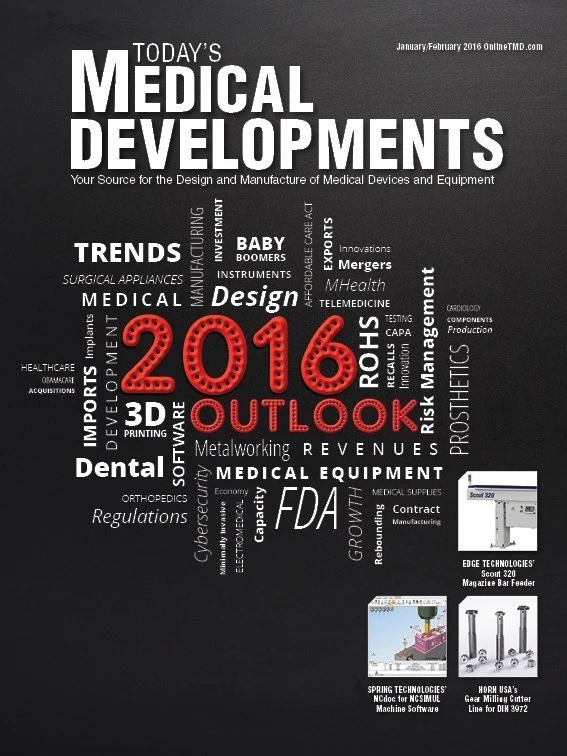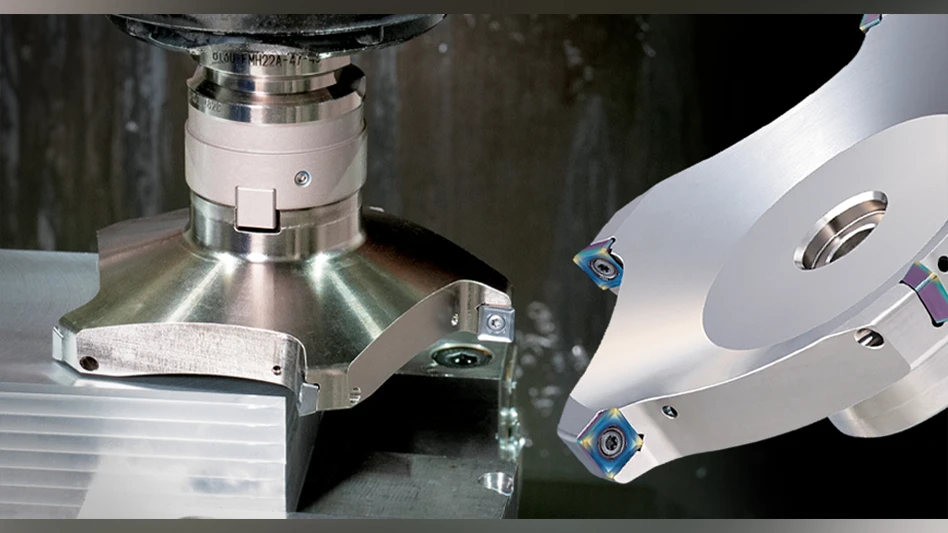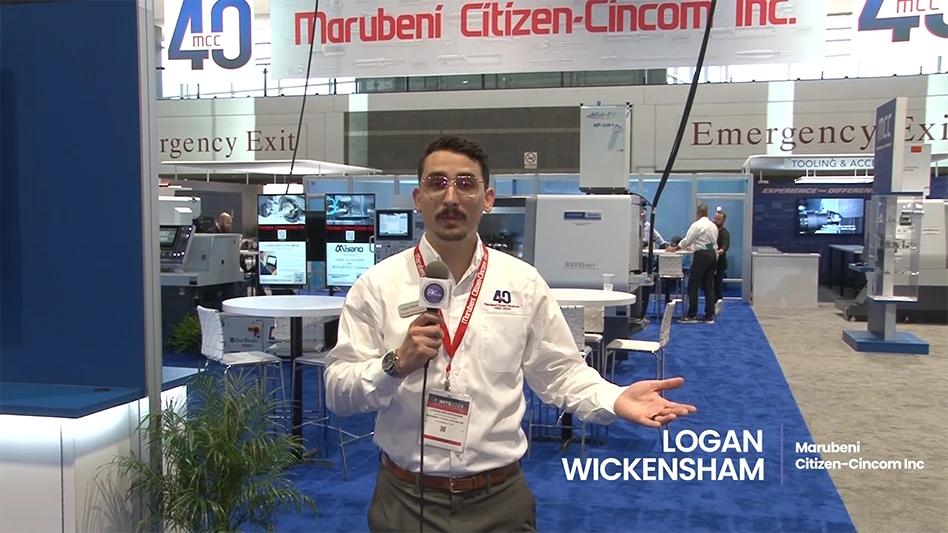
Elizabeth Modic
Editor // emodic@gie.net
As the end of 2015 was approaching, chatter throughout the medical industry focused on Congress’ work on a spending package that would include a two-year suspension of the 2.3% medical device tax. Well, unless you went off the grid in mid-December, you know that Congress made good on that promise. Getting less attention was the fact that this $1.8 trillion spending bill also includes a permanent extension of the research and experimentation tax credit that expired at the end of 2014.
What do these changes mean to the medical design and manufacture industry?
With the tax credit extension, companies averaging less than $50 million in gross receipts for the prior three years can claim any credit generated against the Alternative Minimum Tax (AMT). Some start-up companies, averaging less than $5 million in gross receipts, can apply the credit against payroll taxes – up to $250,000 per year. This credit supports companies that invest working capital in basic and applied research aimed at creating or improving products. More than 70% of the credit funds R&D worker salaries – high-quality jobs contributing to the national economy – the remainder applied to new plant and equipment investment.
The two-year suspension of the medical device tax – which cost companies tens of millions in lobbying to achieve – will cost the federal government an estimated $3.4 billion between 2016 and 2017, according to the Joint Committee on Taxation. While bringing a significant windfall to the industry these next few years – the Congressional Budget Office estimates it will save the device industry nearly $5 billion – in the long-term, Obamacare needs these taxes for it to work as originally designed. However, until the new expiration nears late in 2017, hopes are that the companies – large and small – that raised device prices and laid off employees to offset the tax burden will take this opportunity reinvest for growth.
Just as this issue headed to press, President Obama vetoed Republican-backed legislation that would have repealed the Affordable Care Act and cut federal funding for Planned Parenthood. As the bill goes back to the Congress, which does not have the votes to override the veto, medtech companies still have two years to see if other attempts will succeed – and with a presidential election this year, anything is possible.
As you read the TMD 2016 Medical Outlook starting on page 20, consider that now is the time to invest in technology, people, and R&D. All indications show tremendous industry growth – with worldwide medtech sales forecast to reach $477.5 billion by 2020, representing a 4.1% annual growth rate. With numbers that strong, 2016 is going to be stellar. ~Elizabeth

Explore the January February 2016 Issue
Check out more from this issue and find your next story to read.
Latest from Today's Medical Developments
- Kenton County Honors Mazak Corporation’s 50th Anniversary
- Optimize your manufacturing applications with the right metrology tools
- US Department of Labor Recognizes UNITED GRINDING North America as Apprenticeship Ambassador
- Navigating today’s supply chain
- Fed’s soft landing may ignite manufacturing technology market growth
- Platinum Tooling named North American distributor for Dunner
- Bridging the Skills Gap: A Solution for Today’s Labor Shortage
- Machine Solutions acquires Alpine Laser LLC





